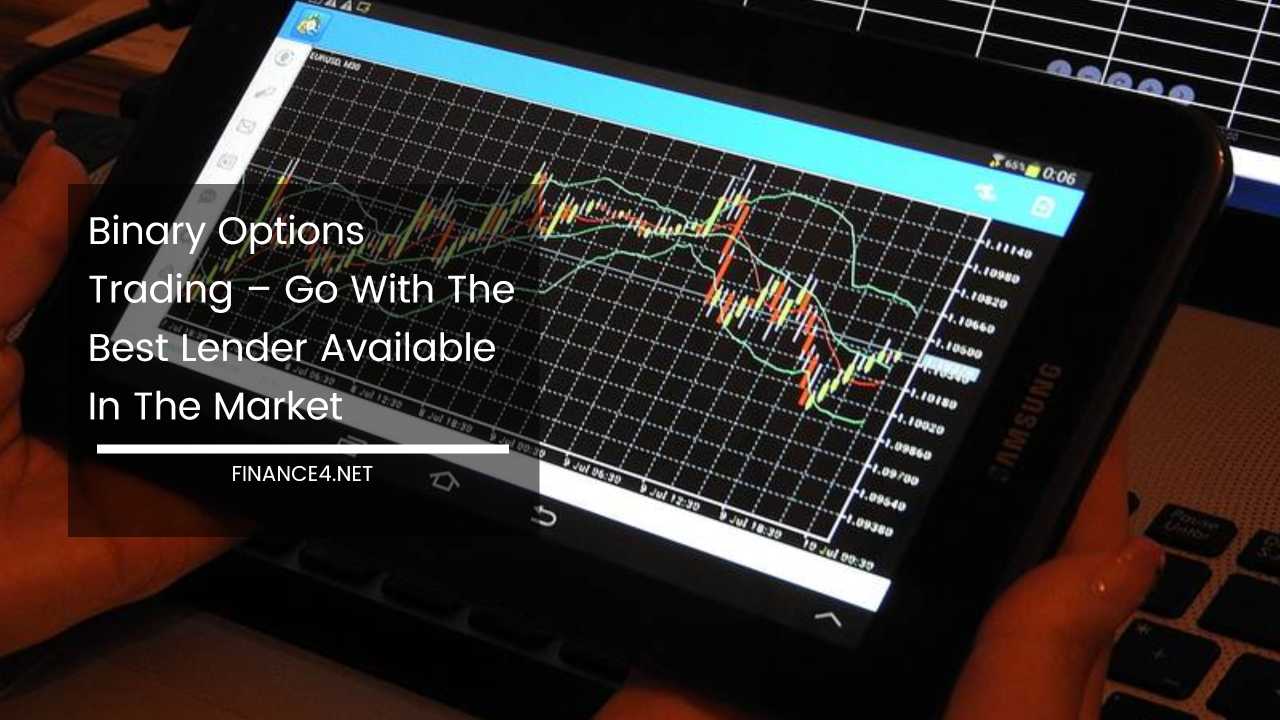Binary Options Trading: High-Risk, High-Reward, or Something Else?

Binary Options Trading: Demystifying the High-Stakes Game
Binary options trading has exploded in popularity in recent years, touted as a quick and easy way to make substantial profits. However, this simplified narrative belies the complex and often risky nature of this financial instrument.
This comprehensive guide aims to shed light on binary options, exploring their mechanics, the inherent risks and potential rewards, and guiding you towards informed decision-making.
Understanding Binary Options: A Bet on Price Movement
Unlike traditional stock market investments where you own a share of a company, binary options operate more like a wager on the price movement of an underlying asset (stock, currency, commodity, etc.) within a predetermined timeframe. Here’s the core concept:
- You essentially predict whether the price of the asset will be higher (call option) or lower (put option) at the contract’s expiry time.
- If your prediction aligns with the market movement, you receive a predetermined payout, typically around 70%.
- If your prediction is wrong, you lose your entire investment.
The Enticement and the Pitfalls: Why Binary Options Are a Double-Edged Sword
The allure of binary options is undeniable, particularly for new investors. Their straightforward structure – predict up or down, win or lose – seems almost too good to be true. However, this apparent simplicity masks significant risks:
- High-Risk, High-Reward: The potential for rapid profits is undoubtedly attractive. However, the flip side is the equally high potential for losing your entire investment on a single trade. Every transaction becomes a high-stakes gamble.
- The Fickle Nature of Markets: Accurately predicting short-term price movements, even for seasoned traders, is notoriously difficult. Markets are influenced by a multitude of factors, many of which are unpredictable or outside your control.
- Fraudulent Actors: Unfortunately, the binary options market has a tarnished reputation for attracting fraudulent platforms. These platforms may manipulate prices, make unrealistic payout promises, or even disappear with your invested funds.
Beyond Choosing a Broker: Building a Sustainable Trading Strategy
The original text highlighted a specific broker as a good choice. While thorough research on any potential broker is essential, it’s crucial to recognize the broader picture. Here’s what truly matters when venturing into binary options:
- Regulation is Key: Always opt for brokers regulated by reputable financial authorities. This provides a layer of protection for your investment and recourse in case of disputes.
- A User-Friendly and Secure Platform: The trading platform is your primary interface. Look for a platform that offers clear and easy-to-understand information, fast execution speeds, and reliable data feeds to make informed decisions.
- Transparency in Fees and Payouts: Compare payout percentages and any associated fees across different brokers. Don’t be swayed solely by the highest advertised payouts – often, these come with hidden costs or unrealistic win rates.
- Investing in Education: Does the broker offer educational resources like tutorials, webinars, or market analysis tools? Understanding the technical intricacies of binary options and developing risk management strategies are crucial for long-term success.
Knowledge Takes Center Stage: Beyond Picking a Lender
Building a successful binary options trading strategy goes far beyond simply choosing a broker. It’s about empowering yourself with knowledge and adopting a disciplined approach:
- Knowledge is Power: Dedicate time to learning about market dynamics, technical analysis tools (charts, indicators, etc.), and, most importantly, risk management strategies. This will equip you to make informed decisions and mitigate potential losses.
- Staying Ahead of the Curve: Financial markets are constantly evolving. Regularly educate yourself on new trends, economic factors, and adapt your strategies accordingly. Develop a keen awareness of global events that might impact your chosen assets.
- Practice Makes (Maybe) Perfect: Consider using a demo account offered by many brokers. This allows you to experiment with different strategies, familiarize yourself with the platform, and gain practical experience before risking real capital. Remember, demo accounts are simulations and may not fully capture the emotional and psychological aspects of real-world trading.
A Reality Check: Binary Options Are Not a Guaranteed Path to Riches
Binary options are a speculative investment, not a guaranteed get-rich-quick scheme. Be prepared for losses – they are an inevitable part of the game. Never invest more than you can afford to lose, and always prioritize responsible risk management.
Exploring Alternatives: Diversifying Your Investment Portfolio
If the high-risk nature of binary options makes you hesitant, consider exploring other investment options that offer more control and potentially lower risk:
- Traditional Stock Market Investing: Invest in companies with solid fundamentals and long-term growth prospects. While there are fluctuations, buying and holding shares for the long term generally offers a more stable approach.
- Mutual Funds and ETFs (Exchange-Traded Funds): These investment vehicles pool money from multiple investors and are managed by professionals who invest in a basket of stocks, bonds, or other assets. This diversification helps spread risk and offers exposure to a broader market segment.
- CFD (Contract for Difference) Trading: Similar to binary options, CFDs allow you to speculate on the price movement of an asset without actually owning it. However, CFDs offer more flexibility. You can hold positions longer than just the expiry time of binary options and potentially profit from both upward and downward price movements. It’s important to note that CFDs also carry significant risk and are a complex financial instrument.
Making an Informed Decision: Matching Your Risk Tolerance with Investment Goals
Choosing the right investment option depends heavily on your individual financial goals and risk tolerance. Here’s a breakdown to help you decide:
- Risk-Averse Investors: If you prioritize capital preservation and are comfortable with slower, steadier growth, traditional stock market investing, mutual funds, and ETFs might be better suited to your financial goals.
- Risk-Tolerant Investors: If you’re comfortable with potentially higher returns and are willing to accept a greater degree of risk, then binary options or CFDs could be an option, but only after extensive research, education, and a robust risk management plan are in place.
The Takeaway: Binary Options – A High-Octane Investment for the Informed
Binary options trading can be a thrilling endeavor, offering the potential for significant returns in a short timeframe. However, it’s a high-stakes game best suited for informed and risk-tolerant investors. Before stepping into this arena, ensure you have a thorough understanding of the market, develop sound trading strategies, and prioritize responsible risk management. Remember, responsible investing and continuous learning are key to navigating the ever-changing financial landscape.
Additional Considerations
- Emotional Control: Trading can be emotionally charged, especially when faced with potential losses. It’s crucial to maintain discipline and not let emotions cloud your judgment.
- Beware of Scams: Unfortunately, the binary options market attracts its fair share of scammers. Always research brokers thoroughly before investing and be wary of unrealistic promises or high-pressure sales tactics.
- Seek Professional Guidance: Consider consulting with a qualified financial advisor who can assess your risk tolerance and suggest investment options aligned with your financial goals.
By approaching binary options with knowledge, caution, and a diversified investment portfolio, you can potentially navigate the risks and reap potential rewards. Remember, there’s no guaranteed formula for success in the financial markets.
Responsible investing, continuous learning, and a clear understanding of the risks involved are the cornerstones of informed decision-making.



